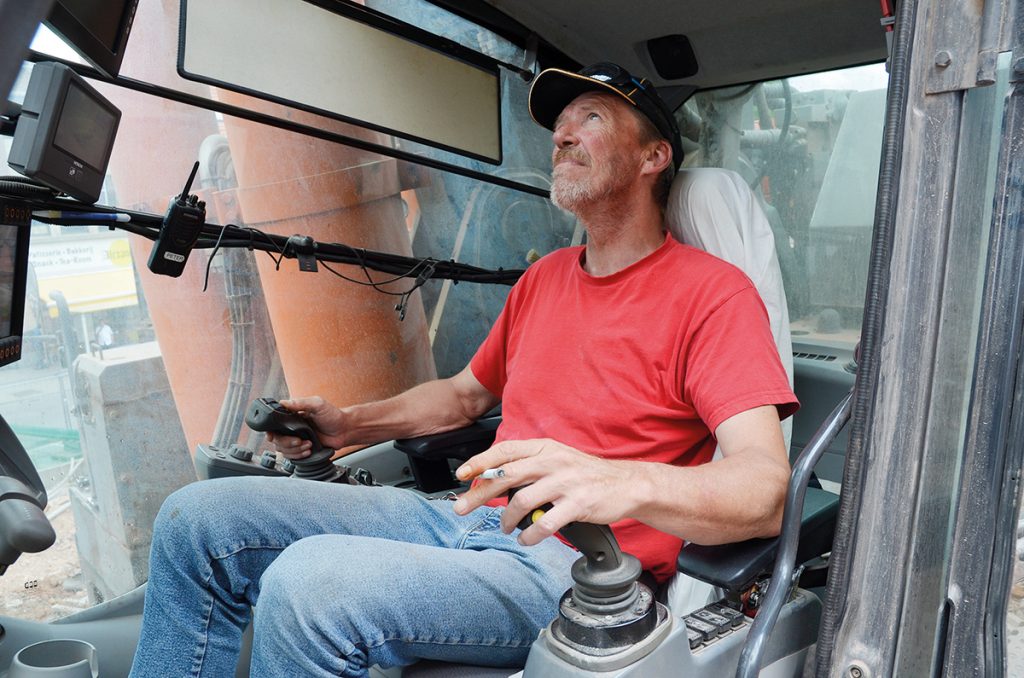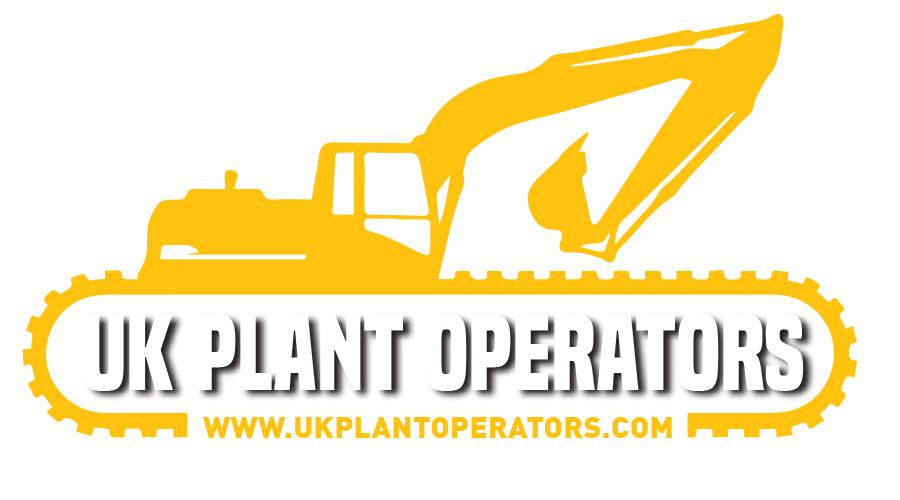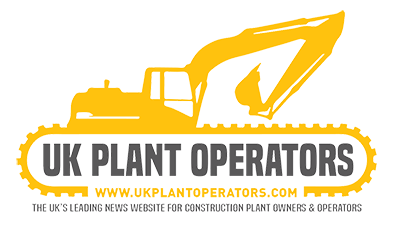![]()
Putting it together

The custom-made undercarriage is worth closer inspection. Unlike many other bespoke high-reach demolition excavators, there is no hydraulic mechanism to slide out the tracks to increase stability on site and withdraw them for transport.
Instead, the fixed undercarriage on the KMC 1200S is always at maximum width. Too wide to transport, an additional hydraulic cylinder was inserted (winch also available for new machines) between the two main lift ones.
This extra cylinder allows the excavator to lift off and fit its 8.0m long (2.0m longer than standard ZX890) and 16.0-tonne tracks without any assistance from a mobile crane.
With the demolition arm removed for transport, and the excavator’s rear counterweight lowered, four jacks (two at the front and rear) raise the chassis and tracks clear of the ground, allowing a lowbed trailer to reverse under it.
Peter has to loosen the locking pins and manually turn the jacks to the work position, but lowering and raising them is done from a remote-control unit. This same portable device is used to slide in/out the track unit locking pins, and lift and lower the excavator’s heavier 30.0t (13.3t on standard ZX890) rear counterweight.
With the tracks clear of the ground, the operator sits in the cab and turns the top half of the excavator to the side. Using the joystick, the additional cylinder hooks onto the side of the track frame.
The process is repeated on the opposite side and the base machine, minus boom, tracks and counterweight, which has a width of below 3.5m and weighs around 67 tonnes, is designed to transport as easily as possible on European roads.
The operator reckons it takes two men the best part of a day to pack up the excavator for transport and a similar time to assemble it. The previous ZX870 was much faster, taking just 2-3 hours. The tele-boom came off as one load and the tracks quickly slid in for transport.
However, as Marten Democom’s Erik Vanstraelen points out, machines of this size are generally only relocated 8-10 times a year. “Whether it takes a few hours or a day to move is irrelevant,” he says. “The important thing for us is that the rigid boom is much stronger than a telescopic version.”























